MPP Research
- Dave Macey

- Dec 14, 2015
- 3 min read

I am writing this whilst staying at a buddhist monastery.
I have been reading The photograph as contemporary art by Charlotte Cotton. Of what I have been interested in is deadpan photography and how to use it for the landscape. The reason for this is because the aesthetic of deadpan can trigger in the viewer a sense of reflection and so opens up the inner world. This is so much like going into another world and so this sense of reflection is similar to the crossing over into another existence, a change in the state of mind. Little Stone Wood can also be like stepping into another existence, of going from one world to another or one reality to another and so the two elements can work well together.
One sentence which stood out was "deadpan photography often acts in this fact stating mode. The personal politics of the photographers come into play in their selection of subject matter and their anticipation of the viewers analysis of it, not in any explicit political statement through text or photographic style." (P87-88)
So when taking a photograph the photographer just captures what is in front of the lens without trying to reinterpret the scene. So the photographer tries not to evoke his own interpretation onto the images or to adjust the composition in a way to emphasise a certain element. The statement of the image is made by the subject matter and nothing else, the photographers influence on the image should be minimal. Also, by looking at the examples within the book, an even lighting of the scene is needed, say an overcast day.
Another coincident, perhaps a happy one, has also occurred. One of the people mentioned in the book is Jem Southam, who was the subject of one of my first year projects. This in itself I feel is a good thing because it gives me a "way in" to deadpan landscape photography. One of the mistakes I was making before was that I was trying to interpret the scene, to photograph it in a certain way by using composition to highlight some of the politics of the image. One good example is the tree roots where they have been photographed to emphasise how they look like tentacles and to a certain respect I have romanticised the image because I do like the area and the atmosphere of the wood. But this is my interpretation which is putting a political slant on the emphasis of the place whereas with deadpan photography, the objects and the viewer provide the emphasis not the photographer.
So I have gone to a place called Hammer Forest, which is connected to the monastery. Whilst I am here it gives me the opportunity to develop this deadpan style with similar subject matter as to what I have back home. I have also taken my DSLR and that will able experimentation and the refinement of the techniques and hopefully any pitfalls to avoid.
But one question that has already arisen is, does deadpan need to colour or B&W? Most of the examples I have seen are colour and this might be because B&W has a classic or romantic feel to it, a more pleasing aesthetic, but I am not sure. Personally I hope that B&W works as well as colour because I prefer using B&W, I just feel that it's more natural and helps to concentrate more on line shape and form than with colour. Unfortunately though I won't be able to view the images properly till I return home, the only way of seeing the photograph is by using the screen on the back of the camera, which is far from ideal.
The first initial shoot went well and I took 128 images. Shooting in a deadpan aesthetic does take a bit of getting used to as I usually move around for the best angle, judge the light, etc. With deadpan it seems that repetition is key, that a uniformity is produced which helps to cement the deadpan style. Also by just relying on the subject matter to make the image seems logical than rather relying on composition. Though the deadpan aesthetic only works if it's composed as a deadpan aesthetic and this is something I need to bear in mind.
I think for the next shoot I will probably take a tripod and make more time. It felt that this was more of a test shoot, just to see how the aesthetic could work. It could also be a good idea to limit myself to the number of images I take as this will place more emphasis on working slowly rather than shooting everything I see.
Also, I think I should read Ways of Seeing by John Berger. In this book he mentions a lot about how the viewer sees the image and with using the deadpan aesthetic, the viewer is an important element.
































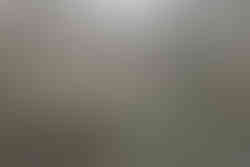

































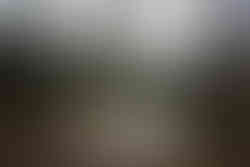

















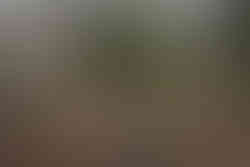




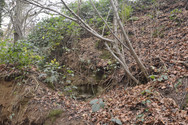
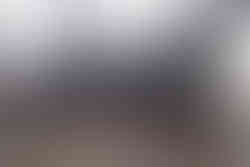



















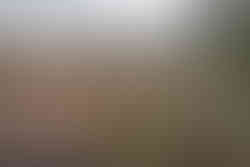





















































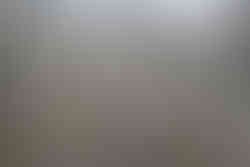

























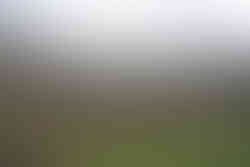





























































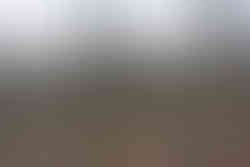






Comments